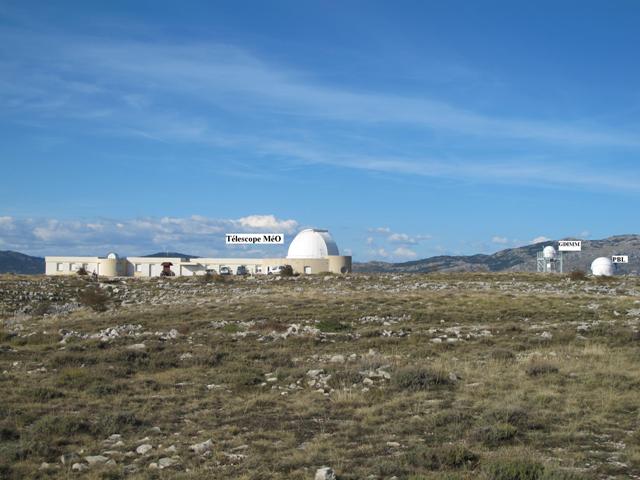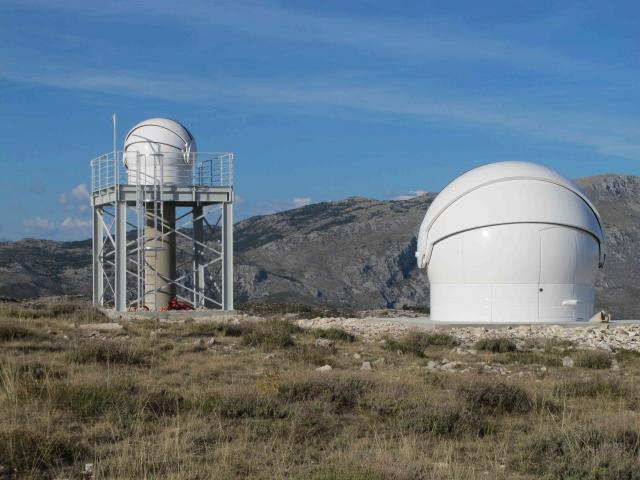Station for atmospheric turbulence characterization
The Observatoire de la Côte d’Azur and the J.L. Lagrange Laboratory have a long and confirmed expertise in Atmospheric Optics. This expertise allowed this team to participate in the selection of the major sites of all the greatest projects of existing telescopes in particular of the 8-10 meter class: GranTeCan in the Canary Islands, the European VLT and Southern Gemini in Chile, Keck, Northern Gemini & Subaru in Hawaii. With a unique set of instruments to probe the atmospheric turbulence, the Lagrange Laboratory was involved in the site selection of the future Extremely Large Telescopes (ELT) as the 40m European E-ELT and the 30m American TMT. Our team was also in charge of the qualification of the site of Dome C in Antarctica whose potential is Astronomy is considerable.
In the continuity of this long tradition, the Calern Observatory benefits since Autumn 1995 of a station of atmospheric turbulence measurement (CATS: Calern Atmospheric Turbulence Station). This station is a response to real needs in support of other projects that will give additional dynamic to the Calern Observatory. This is mainly to improve the link budget of Laser Telemetry from MeO station and generally free space optical links. It is also supporting projects to equip MeO and C2PU telescopes with Adaptive Optics systems in the context of a real synergy between researchers and engineers from different laboratories and institutes.
The CATS station is equipped with a set of complementary instruments for monitoring atmospheric turbulence parameters. These new-generation instruments are autonomous within original techniques for measuring optical turbulence since the first meters above the ground to the borders of the atmosphere. One of the CATS instruments is the PML (Profiler of Moon Limb) measuring the vertical distribution of turbulence using lunar and solar edges. The second instrument, called G-DIMM for Generalized DIMM, is dedicated to provide wavefront parameters at ground level (seeing, outer scale, time coherence and isoplanatic angle). In order to avoid the surface layer, the G-DIMM instrument will be installed on a platform at 4m above the ground (PML insensitive to this layer can remain on the ground). To protect our instruments from bad weather conditions (rain, snow, wind) that occur on the Calern site, GDIMM and PML will be sheltered under domes that close automatically. These instruments will be installed near the MeO telescope.
The CATS station is also a support for our training activities as part of our Masters IMAG2E (MAUCA) and OPTICS, through the organization of on-sky practical works. We are also considering the organization of international summer schools and workshops on the techniques of Atmospheric Optics and Site-Testing in Astronomy around the CATS station.


CATS station at Calern Observatory.


